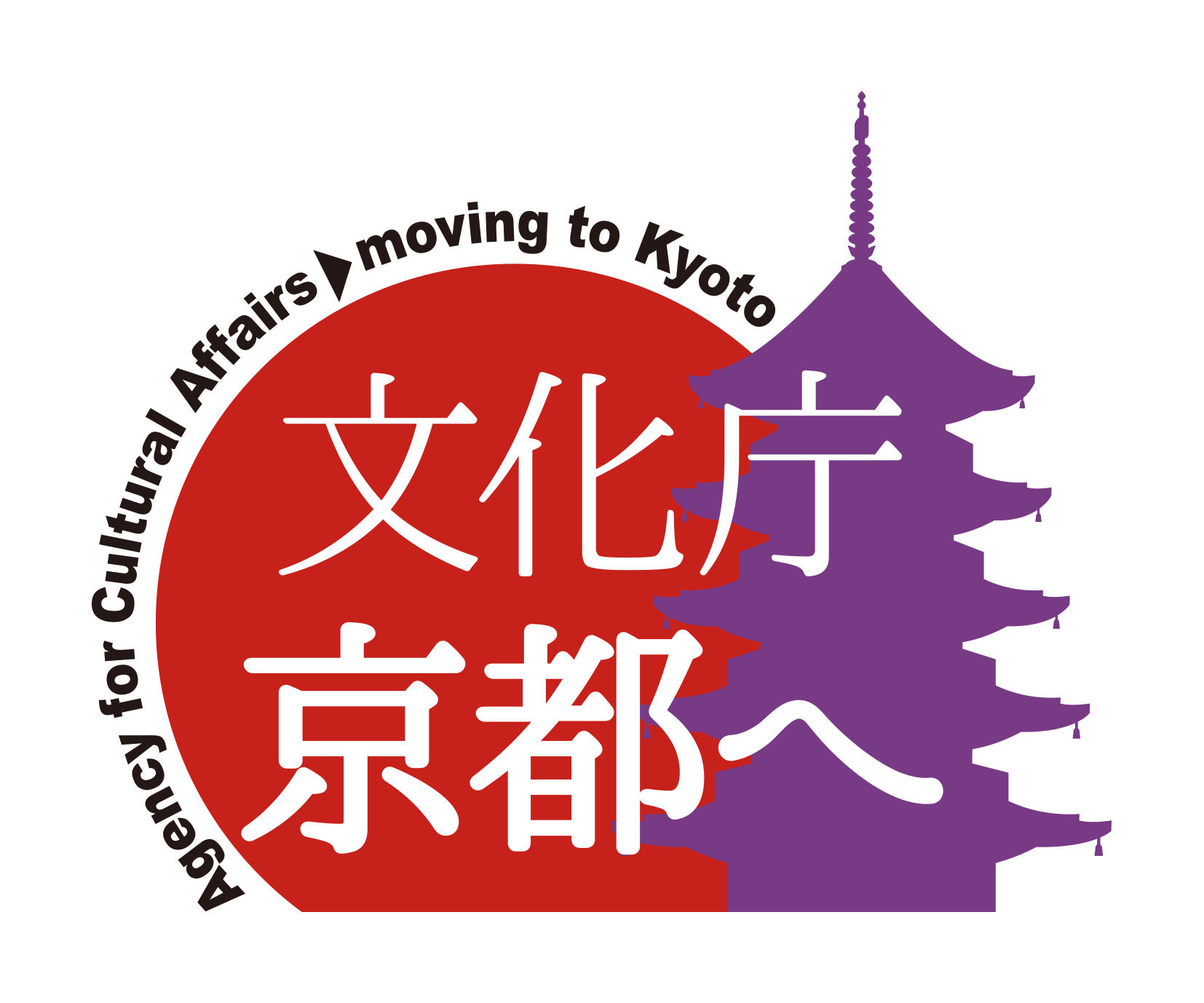The Ministry of Education, Culture, Sports, Science and Technology selects the best educational reform initiatives implemented by universities, junior colleges, and technical colleges, and provides support for them while also widely disseminating information about these initiatives to society. By taking inspiration from the initiatives selected by other universities, we are promoting educational reform and advancing university education reform. These excellent initiatives are called “Good Practices” (GP for short).
We would like to introduce some of the projects that have been adopted in the past with the cooperation of the University Consortium Kyoto.

Distinctive university education support programs
What is the distinctive university education support program?
The “Distinctive University Education Support Program (Distinctive GP)” selects initiatives to improve the quality of student education, such as teaching methods and curriculum improvements that have proven successful at universities and junior colleges, and provides financial support. It also provides information about the selected initiatives to society, promoting the revitalization of higher education.
□ August 2004 “Creating a new liberal arts education through university collaboration: the credit transfer system in the Kyoto region”
| period | Until 2007 |
| Contents | The “Credit Transfer System” is a system where regular courses offered by other universities are taken and the credits earned are recognized as credits at one’s own university. The University Consortium Kyoto has signed an agreement with approximately 50 universities and junior colleges to operate the system, making it the largest such system in Japan. In order to cultivate students’ inquisitiveness and awareness of acquiring a wide range of knowledge, we offer a wide range of subjects in the humanities, social sciences, natural sciences, and other fields so that students can take courses according to their interests. |
| Representative School | Doshisha University |
| Participating Universities | Doshisha University (representative school), Kyoto University, Kyoto University of Education, Kyoto Institute of Technology, Kyoto City University of Arts, Kyoto Prefectural University, Kyoto Prefectural University of Medicine, Ikenobo Junior College, Otani University, Otani University Junior College Division, Kacho Junior College, Kyoto University of Foreign Studies, Kyoto Junior College of Foreign Studies, Kyoto Gakuen University, Kyoto College of Economics, Kyoto Koka Women’s University, Kyoto Koka Women’s University Junior College Division, Kyoto Saga University of Arts, Kyoto Saga University of Arts Junior College Division, Kyoto Sangyo University, Kyoto Women’s University, Kyoto Women’s University Junior College Department of Japanese Literature, Kyoto Seika University, Kyoto Sosei University, Kyoto University of Art and Design, Kyoto Tachibana University, Kyoto Junior College, Notre Dame de Kyoto Women’s College of Literature, Kyoto Bunkyo University, Kyoto Bunkyo Junior College, Kyoto Pharmaceutical University, Shuchiin University, Seian University of Art and Design, Seibo Jogakuin Junior College, Doshisha University, Doshisha Women’s College of Literature, Hanazono University, Bukkyo University, Heian Jogakuin University, Heian Jogakuin University Junior College, Meiji College of Oriental Medicine, Ryukoku University, Ryukoku University Junior College, Osaka Seikei University, Kyoto City, The Consortium of Universities Kyoto |
□ July 2005 “Human Resource Development Program through Industry-Government-Academia-Regional Collaboration: Development of Internships in the Kyoto Region”
| period | Up to fiscal year 2008 |
| Contents | This is a “human resource development and education program” that is built and implemented through collaboration between industry, government, academia, and the local community, and that systematizes learning through interaction between faculty and students that goes beyond the boundaries of the university, as well as practical training in the local community. |
| Representative School | Ritsumeikan University |
| Participating Universities | Ritsumeikan University (representative school), Kyoto University, Kyoto University of Education, Kyoto Institute of Technology, Kyoto City University of Arts, Kyoto Prefectural University, Kyoto Prefectural University of Medicine, Ikenobo Junior College, Otani University, Otani University Junior College Division, Kacho Junior College, Kyoto University of Foreign Studies, Kyoto Junior College of Foreign Studies, Kyoto Gakuen University, Kyoto College of Economics, Kyoto Koka Women’s University, Kyoto Koka Women’s University Junior College Division, Kyoto Saga University of Arts, Kyoto Saga University of Arts Junior College Division, Kyoto Sangyo University, Kyoto Women’s University, Kyoto Women’s University Junior College Division, Kyoto Seika University, Kyoto Sosei University, Kyoto University of Art and Design, Kyoto Tachibana University, Kyoto Junior College, Notre Dame de Kyoto Women’s College, Kyoto Bunkyo University, Kyoto Bunkyo Junior College, Kyoto Pharmaceutical University, Shuchiin University, Seian University of Art and Design, Seibo Jogakuin Junior College, Doshisha University, Doshisha Women’s College of Liberal Arts, Hanazono University, Bukkyo University, Heian Jogakuin University, Heian Jogakuin Junior College Division, Meiji College of Oriental Medicine, Ryukoku University, Ryukoku University Junior College Division, Osaka Seikei University |

Strategic University Collaboration Support Program
About the Strategic University Collaboration Support Program
The Strategic University Collaboration Support Program aims to promote active collaboration between national, public, and private universities and to make effective use of the educational and research resources of each university, thereby promoting human resource development in cooperation with the local community as a knowledge hub for the region, while further improving the level of education and research, ensuring the quality of educational activities, differentiating universities by function and complementing each other by clarifying their individuality and characteristics, and strengthening the university’s management foundation.
□ August 2008 “Comprehensive research on FD through collaboration with universities in the region, development of common programs, and establishment of an organized operation system”
| period | Up to fiscal year 2010 |
| Contents | We will establish the “Kyoto FD Development Promotion Center” to promote FD activities at universities and junior colleges in the Kyoto region, and establish a system that enables systematic FD professional development. The core of our business will be 1) FD consultation, 2) provision of FD certified training programs, 3) monitoring and coordination of FD program development and verification, and 4) accumulation and dissemination of FD information. |
| Representative School | Bukkyo University |
| Participating Universities | Bukkyo University, Kyoto Institute of Technology, Otani University, Kyoto University of Foreign Studies, Kyoto Gakuen University, Kyoto Sangyo University, Kyoto Seika University, Kyoto Tachibana University, Kyoto Pharmaceutical University, Shuchiin University, Ryukoku University, Ikenobo Junior College, Otani University Junior College Division, Kacho Junior College, Kyoto College of Foreign Studies, Ryukoku University Junior College Division, Kyoto Koka Women’s University, Kyoto Koka Women’s University Junior College Division |
□ August 2008 “Promoting inter-university collaboration and efficiency in liberal arts education through the sharing of e-learning systems”
| period | Up to fiscal year 2010 |
| Contents | Based on the credit transfer system currently being implemented in the Kyoto region, we will aim to share and standardize the e-learning system. By introducing this system, in addition to the liberal arts education courses offered by our own university, we will be able to share courses offered by partner universities via the Internet, aiming to improve inter-university cooperation and efficiency in a wide variety of liberal arts education courses. |
| Representative School | Kyoto Sangyo University |
| Participating Universities | Kyoto Sangyo University, Kyoto Gakuen University, Kyoto Saga University of Arts, Kyoto Women’s University, Meiji University of International Health and Medicine, Kyoto Saga University of Arts Junior College, Kyoto Women’s University Junior College, Kyoto Bunkyo Junior College, Kyoto Koka Women’s University, Kyoto Koka Women’s University Junior College |

□ August 2009 “Development of international collaboration programs to enhance multifaceted international exchange and improve the quality of higher education”
| period | Up to fiscal year 2011 |
| Contents | As a multi-university study abroad program, we develop a variety of short-term, mid-term, and long-term study abroad programs and accept many international students, thereby promoting intercultural understanding and fostering an international perspective in students. |
| Representative School | Ryukoku University |
| Participating Universities | Ryukoku University, Kyoto University of Education, Kyoto Prefectural University, Kyoto University of Foreign Studies, Kyoto Gakuen University, Kyoto Koka Women’s University, Kyoto Seika University, Kyoto Notre Dame University, Meiji University of International Medicine, Ikenobo Junior College, Kyoto College of Foreign Studies, Kyoto Koka Women’s University Junior College Division, Ryukoku University Junior College Division |
















